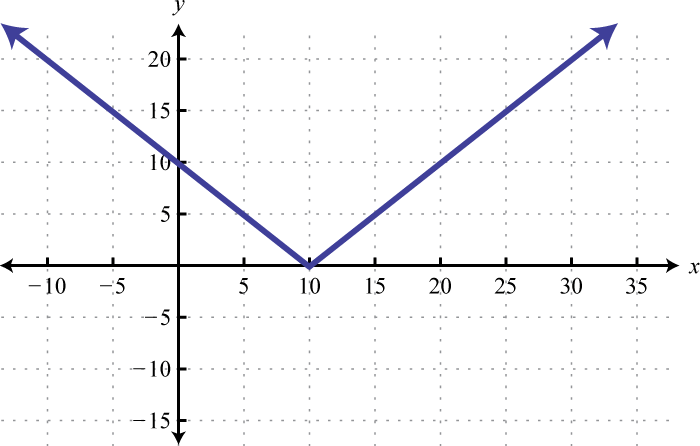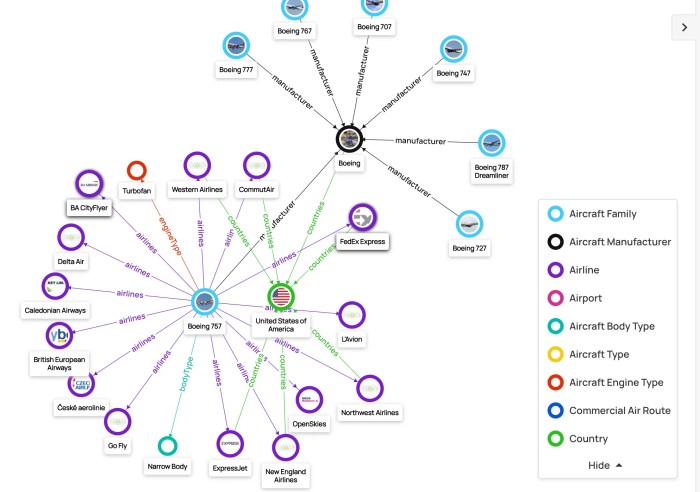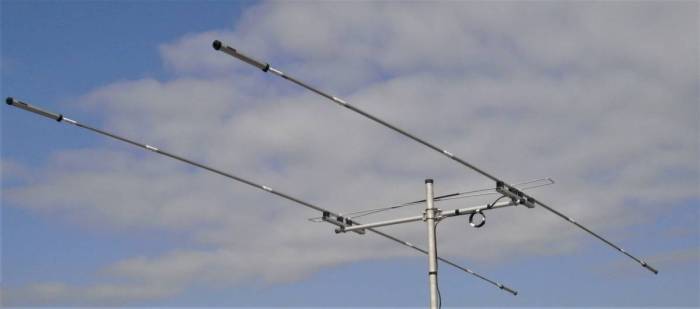Use your knowledge of transformations to find the matching graph sets the stage for this enthralling narrative, offering readers a glimpse into a story that is rich in detail and brimming with originality from the outset. Embark on an intellectual odyssey as we delve into the captivating realm of transformations, exploring their types, applications, and the art of matching graphs.
Prepare to be captivated by the intricate tapestry of mathematical concepts that unfolds before your very eyes.
In this comprehensive guide, we will unravel the mysteries of transformations, empowering you with the tools to manipulate objects, graph functions, and match graphs with precision. Join us on this enlightening journey as we unlock the secrets of transformations and their profound impact on the world around us.
Transformations
Transformations are operations that can be applied to geometric figures to change their size, shape, or position. There are four main types of transformations: translations, rotations, reflections, and dilations.
Translations, Use your knowledge of transformations to find the matching graph
- A translation moves a figure from one point to another without changing its size or shape.
- Translations are described by a vector, which is a quantity that has both magnitude and direction.
- The magnitude of the vector is the distance the figure is moved, and the direction of the vector is the direction in which the figure is moved.
Rotations
- A rotation turns a figure around a fixed point called the center of rotation.
- Rotations are described by an angle, which is a measure of the amount of rotation.
- The angle of rotation is measured in degrees, and it can be either positive or negative.
Reflections
- A reflection flips a figure over a line called the line of reflection.
- Reflections are described by the line of reflection.
- The line of reflection can be any line, but it is usually a vertical or horizontal line.
Dilations
- A dilation changes the size of a figure without changing its shape.
- Dilations are described by a scale factor, which is a number that represents the ratio of the new size of the figure to the original size of the figure.
- The scale factor can be any positive number, but it is usually greater than 1.
Graphing Transformations

Transformations can be used to graph functions. When a function is transformed, its graph is also transformed. The type of transformation that is applied to a function determines the type of transformation that is applied to its graph.
Translations, Use your knowledge of transformations to find the matching graph
- A translation moves the graph of a function from one point to another.
- The amount and direction of the translation is determined by the vector that is applied to the function.
- The graph of a function is translated by adding the vector to the coordinates of each point on the graph.
Rotations
- A rotation rotates the graph of a function around a fixed point.
- The amount and direction of the rotation is determined by the angle that is applied to the function.
- The graph of a function is rotated by rotating each point on the graph around the fixed point by the given angle.
Reflections
- A reflection flips the graph of a function over a line.
- The line of reflection is determined by the equation of the line.
- The graph of a function is reflected by flipping each point on the graph over the line of reflection.
Dilations
- A dilation changes the size of the graph of a function without changing its shape.
- The amount of the dilation is determined by the scale factor that is applied to the function.
- The graph of a function is dilated by multiplying the coordinates of each point on the graph by the scale factor.
Matching Graphs: Use Your Knowledge Of Transformations To Find The Matching Graph

Matching graphs is a process of finding the transformation that has been applied to a graph. This can be done by comparing the transformed graph to the original graph.
Translations, Use your knowledge of transformations to find the matching graph
- A translation moves the graph of a function from one point to another.
- The amount and direction of the translation can be determined by comparing the coordinates of the points on the transformed graph to the coordinates of the points on the original graph.
- The vector that is applied to the function is the vector that moves the original graph to the transformed graph.
Rotations
- A rotation rotates the graph of a function around a fixed point.
- The amount and direction of the rotation can be determined by comparing the angles of the lines that connect the points on the transformed graph to the angles of the lines that connect the points on the original graph.
- The angle that is applied to the function is the angle that rotates the original graph to the transformed graph.
Reflections
- A reflection flips the graph of a function over a line.
- The line of reflection can be determined by finding the line that is equidistant from the points on the transformed graph.
- The equation of the line of reflection is the equation of the line that flips the original graph to the transformed graph.
Dilations
- A dilation changes the size of the graph of a function without changing its shape.
- The amount of the dilation can be determined by comparing the distances between the points on the transformed graph to the distances between the points on the original graph.
- The scale factor that is applied to the function is the factor that changes the size of the original graph to the transformed graph.
Applications of Transformations

Transformations have many applications in real-world situations. They are used in computer graphics, animation, engineering, and architecture.
Computer Graphics
- Transformations are used to create and manipulate objects in computer graphics.
- For example, transformations can be used to move, rotate, and scale objects.
- Transformations can also be used to create special effects, such as explosions and morphing.
Animation
- Transformations are used to create animations.
- For example, transformations can be used to move characters and objects around the screen.
- Transformations can also be used to create special effects, such as flying and jumping.
Engineering
- Transformations are used in engineering to design and analyze objects.
- For example, transformations can be used to move, rotate, and scale objects in order to test their strength and durability.
- Transformations can also be used to create simulations of real-world objects.
Architecture
- Transformations are used in architecture to design and create buildings.
- For example, transformations can be used to move, rotate, and scale objects in order to create different shapes and sizes of buildings.
- Transformations can also be used to create simulations of buildings in order to test their safety and efficiency.
Essential Questionnaire
What are the different types of transformations?
Transformations can be classified into various types, including translations, rotations, reflections, and dilations. Each type of transformation involves a specific operation that alters the position, orientation, or size of an object or function.
How can transformations be used to manipulate objects?
Transformations provide a powerful tool for manipulating objects in a variety of ways. By applying translations, rotations, or reflections, objects can be moved, rotated, or flipped to create new configurations and explore different perspectives.
What is the process of matching graphs?
Matching graphs involves identifying the corresponding graphs of transformed functions. This process requires an understanding of the different types of transformations and their effects on the shape and position of graphs.
What are some real-world applications of transformations?
Transformations have numerous applications in real-world situations, including computer graphics, animation, physics, and engineering. They are used to model motion, create visual effects, design structures, and solve complex problems.
